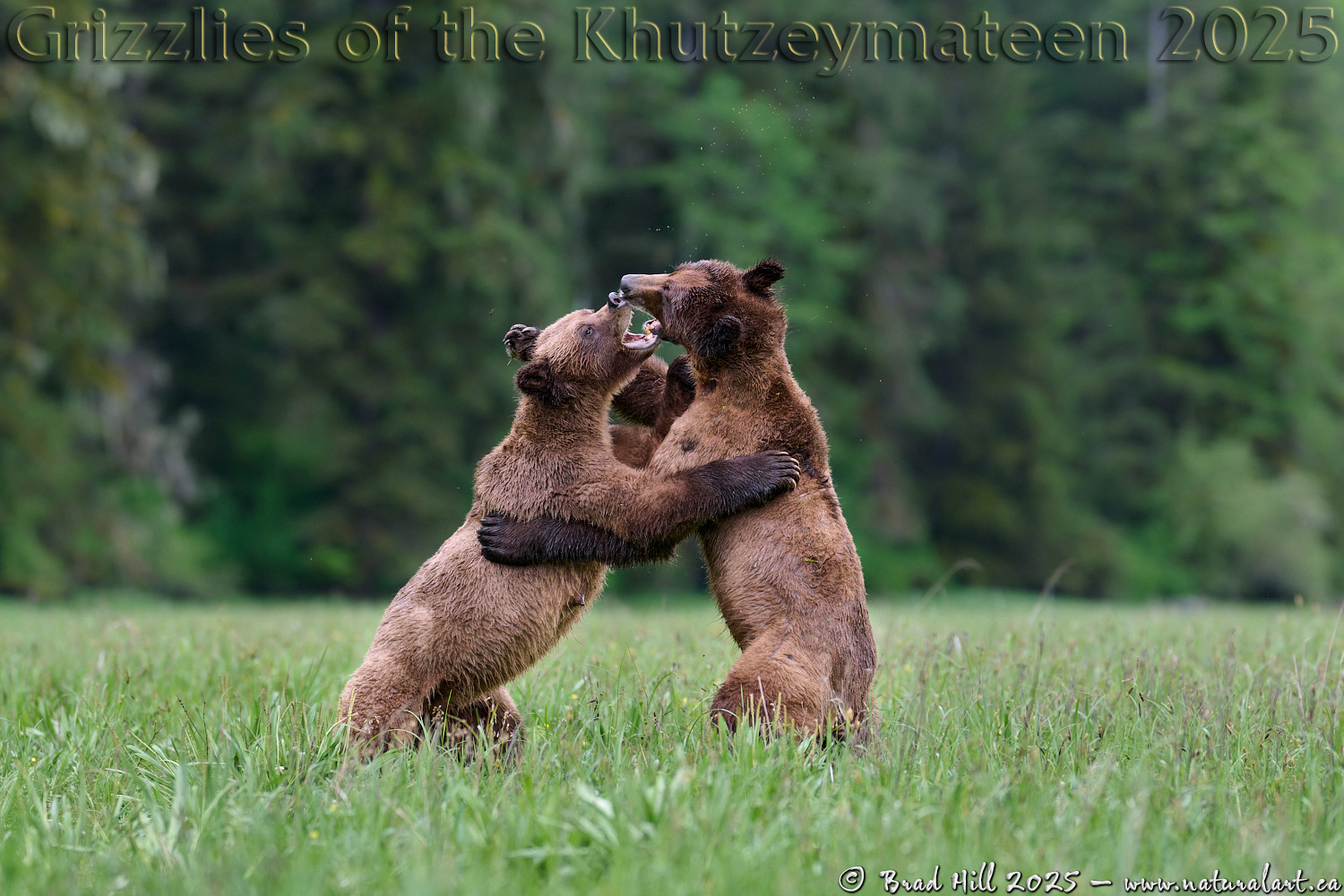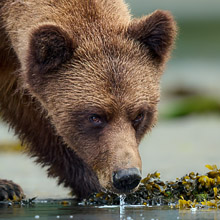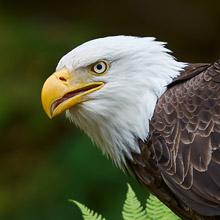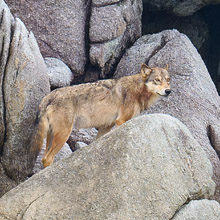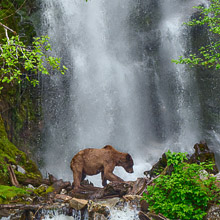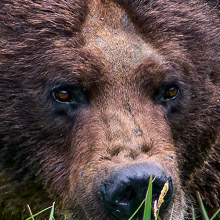Availability: Undetermined - Enquiries?
In the Field
Marital Strife? Khutzeymateen Estuary, British Columbia, Canada. May 29, 2025.
During one of my two Khutzeymateen photo tours in 2025 we were privileged to observe and photograph several bouts of sparring between adult grizzlies. Sometimes sparring bouts are between males competing for females. At other times it's part of courtship and formation of a pair-bond between males and females. The sparring we watched was between a male and female and the bouts often began with affectionate appearing cuddling, but it often got rougher and rougher until it became pretty aggressive mock combat. But it was really cool to observe and just a great experience.
The sparring bouts occurred at various distances from us. Sometimes it took a LONG focal length lens to capture them; other times the bouts were close enough to photograph with much shorter lenses. This image was captured with my Nikkor Z 135mm f1.8S Plena lens.
I now take my Plena on virtually all of my wildlife photo tours. Obviously (and as so many have felt the need to tell me!) for a lot of wildlife photography a 135mm lens is simply too short. But on those occasions where you are working with a close subject the Plena works just great! Because of its very fast aperture and incredible optics you can very nicely isolate your subject from the background and still produce an image look reminiscent of shooting a Z 400mm f2.8S wide open. And, of course, it can do a remarkable job on the right landscape scenes. While the Plena is a long ways away from being my most used lens on my wildlife photography tours (normally less than 10% of the shots I keep from a photo tour are captured with my Plena) when the situation is right and I want a "home-run" image I love pulling out my Plena!
Here's a larger version (4800 pixel) of this short-term outburst of marital strife:
• Marital Strife? Download 4800 pixel image (JPEG: 4.6 MB)
ADDITIONAL NOTES:
1. These images - in all resolutions - are protected by copyright. I'm fine with personal uses of them (including use as desktop backgrounds or screensavers on your own computer), but unauthorized commercial use of the image is prohibited by law. Thanks in advance for respecting my copyright!
2. Like all photographs on this website, these images were captured following the strict ethical guidelines described in The Wildlife FIRST! Principles of Photographer Conduct. As such, no baiting or any form of attractant was used and, as always, we attempted to minimize our impact on the ongoing behaviour of the subjects. I strongly encourage all wildlife photographers to always put the welfare of their subjects above the value of their photographs.
3. This image was captured during my Grizzlies of the Khutzeymateen Photo Op photo tour in late spring of 2025. Each year I offer trips into the Great Bear Rainforest as well as tours into the Khutzeymateen Grizzly Sanctuary (to photograph grizzlies, of course!). Details about these trips can be found on the Photo Tours page of this website.
Behind the Camera
Marital Strife? Khutzeymateen Estuary, British Columbia, Canada. May 29, 2025.
High Efficiency* Compressed RAW (NEF) format; ISO 900.
Nikon Z 9 paired with Nikkor Z 135mm f1.8S Plena. Hand-held from a floating Zodiac inflatable boat. VR on in Sport mode. 3D-tracking AF area mode with subject detection on "Animal" mode.
1/3200s @ f2; No compensation from matrix-metered exposure setting.
At the Computer
Marital Strife? Khutzeymateen Estuary, British Columbia, Canada. May 29, 2025.
Initial noise reduction and capture sharpening on the .nef (raw) file using the DeepPRIME XD2S algorithm of DXO PhotoLab 8.7 Elite (using the appropriate lens/camera optical module).
Subsequent adjustments to the adjusted linear DNG file (exported from PhotoLab) and conversion to 16-bit TIFF file (and JPEG files for web use) - including all global and selective adjustments - made using Capture One Pro (build 16.6.3). In the case of this image no global adjustments were made. Selective local adjustments performed using Capture One Pro's layers and masking tools. In this case numerous small adjustments and minor tweaks were made on 5 separate layers, with the tweaks being associated with "exposure balancing" and contrast adjustments (such as adjustments to brightness, clarity, highlights, shadows, etc.).
Photoshop modifications included insertion of the watermark and/or text.
Conservation
Marital Strife? Khutzeymateen Estuary, British Columbia, Canada. May 29, 2025.
Species Status in Canada*: Special Concern (May 2002).
While Grizzly Bears (Ursus arctos) are not technically listed as "Endangered" in Canada, they have been extirpated from most of their historical range. Grizzly Bears are far more sensitive to intrusion/disturbance in their habitat than are Black Bears and are being increasingly forced into marginal habitat by human encroachment. The Great Bear Rainforest along the central and northern coast of British Columbia is one of the last strongholds of the Grizzly Bear in Canada, and even this population is coming under increasing pressure.
On December 18, 2017 the government of British Columbia banned grizzly hunting across the entire province. This major conservation victory came after decades of tireless work by many dedicated conservationists and ecologists and, most importantly, it reflects the opinion of the vast majority of British Columbians. And, it means that AT LEAST while the current government remains in power grizzlies are finally "safe" in British Columbia.
Now that we've at least temporarily won the battle to save grizzlies in BC, it's time to re-focus our efforts toward protecting ALL of BC's carnivores, including Gray Wolves, Black Bears, Cougars, Wolverines, and more! Simply put, there are no ecological, economic, or ethical arguments supporting the trophy hunting of carnivores.
*as determined by COSEWIC: The Committee on the Status of Endangered Wildlife in Canada













